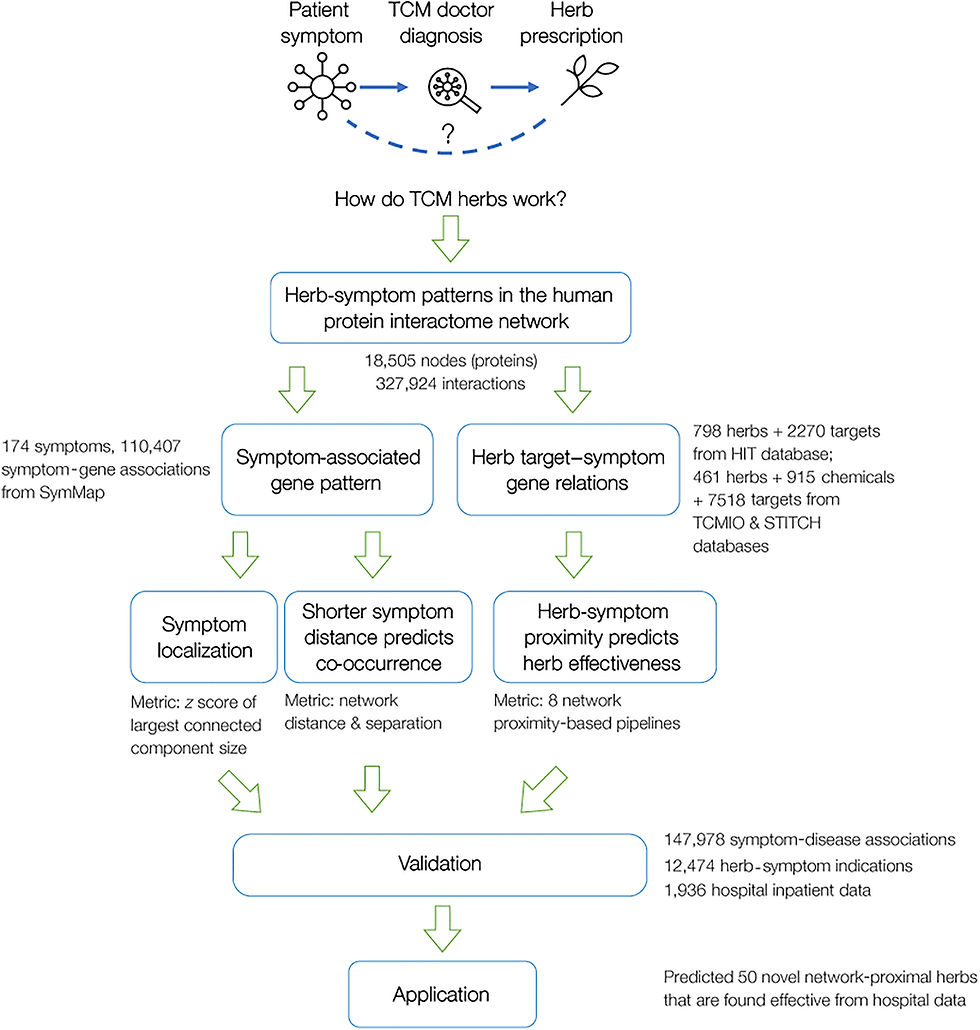Acupuncture can improve nonspecific male infertility
- zuobiaoyuan
- May 15, 2023
- 2 min read

It is estimated that about 10% of men are infertile, and that the male partner is responsible for up to 50% of infertility among couples. In 40% to 50% of males with infertility, the etiology is unknown. The majority of males seen for infertility exhibit a male factor related to sperm dysfunction. However, very few conventional treatments are known to increase sperm quality and result in improved fertility rates.
Numerous studies of acupuncture treatment on infertile men have also been conducted. Reports from uncontrolled trials using acupuncture on infertile men have shown a positive effect on sperm concentration and motility, an increase in testosterone, and some improvement in luteinizing hormone (LH) level. These studies have also shown an increase of normally shaped sperm and a significant decrease in the percentage of morphologically abnormal sperm. Some studies also have shown that acupuncture did not trigger subjective behavior alterations or influence sexual behavior.
Several controlled acupuncture studies, which produces more solid evidence, have shown a positive effect on sperm production in males with low sperm quality. For example, Semen samples of 16 acupuncture-treated subfertile patients were analyzed before and 1 month after treatment (twice a week for 5 weeks). In parallel, semen samples of 16 control untreated subfertile males were examined. Two specimens were taken from the control group at an interval of 2-8 months. The expanded semen analysis included routine and ultramorphological observations. The fertility index increased significantly following improvement in total functional sperm fraction, percentage of viability, total motile spermatozoa per ejaculate, and integrity of the axonema, which occurred upon treatment. The intactness of axonema and sperm motility were highly correlated.
Acupuncture can also improve spermatozoa ultrastructure. In one study, twenty eight of the patients received acupuncture twice a week over a period of 5 weeks. Thesamples from the treatment group were randomized with semen samples from the 12 men in the untreated control group. A statistically significant improvement was detected in acrosome position and shape, nuclear shape, axonemal pattern and shape, and accessory fibers of sperm organelles.
The main points used in nonspecific male infertility are: Guan Yuan (Ren 4), Shen Shu (UB 23, bilateral), Ci Liao (UB32, bilateral), Tai Cong (LR 3, bilateral), and Tai Xi (KI 3, bilateral). The secondary points are Zhu San Li (St 36, bilateral), Xue Hai (Sp 10, bilateral), San Yin Jiao (Sp6, bilateral), Gui Lai (St 29, bilateral), and Bai Hui (DU 20).
Reference:
1. Jian Pei , Erwin Strehler, Ulrich Noss, Markus Abt, Paola Piomboni, Baccio Baccetti, Karl Sterzik. Quantitative evaluation of spermatozoa ultrastructure after acupuncture treatment for idiopathic male infertility. Fertil Steril . 2005 Jul;84(1):141-7. doi: 10.1016/j.fertnstert.2004.12.056.
2. S Siterman, F Eltes, V Wolfson, N Zabludovsky, B Bartoov. Effect of acupuncture on sperm parameters of males suffering from subfertility related to low sperm quality. Arch Androl. 1997 Sep-Oct;39(2):155-61. doi: 10.3109/01485019708987914.




Comments